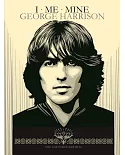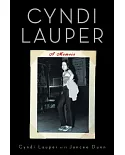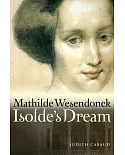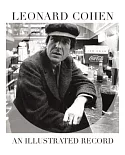The famously enigmatic writer-composer Paul Bowles is the subject of Millicent Dillon's unforgettable new book. Her portrait of the chameleonlike artist is much more than an account of Bowles's
life, however. It is also a meditation on biography that questions the biographer's role, the subject's credibility, and the very nature of "truth" in the telling of a life.
Millicent Dillon first met Paul Bowles in Tangier in 1977, when she was writing a biography of his wife, the author Jane Bowles, who died in 1973. Dillon returned to Morocco in 1992 to work
with Bowles on a book about his own life. In Bowles's book-lined apartment often crowded with visitors, Dillon observes the magnetism the aging artist exerts on anyone who comes into his
circle. Bowles talks of his difficult childhood and of his grief over Jane's long illness, of exile, dreams, and madness. He is charming and evasive with Dillon, generous and devious. As the
book unfolds, Dillon's own reflections and concerns surface alongside details of Bowles's daily life, his physical condition, his interactions with others. Her portrait of the artist is seen
simultaneously with her construction of that portrait, and in a kind of literary legerdemain we are able to observe Dillon on the biographical canvas along with Bowles and his deceased
wife.
Author of the international bestseller The Sheltering Sky and numerous other works, as well as an acclaimed composer, Paul Bowles has had an immensely rich creative life. Millicent
Dillon seems to have been destined to write this unconventional biography of the artist, and the result is wonderful, disturbing, and strangely compelling, like Paul Bowles himself. The
famously enigmatic writer-composer Paul Bowles is the subject of Millicent Dillon's unforgettable new book. Her portrait of the chameleonlike artist is much more than an account of Bowles's
life, however. It is also a meditation on biography that questions the biographer's role, the subject's credibility, and the very nature of "truth" in the telling of a life.
Millicent Dillon first met Paul Bowles in Tangier in 1977, when she was writing a biography of his wife, the author Jane Bowles, who died in 1973. Dillon returned to Morocco in 1992 to work
with Bowles on a book about his own life. In Bowles's book-lined apartment often crowded with visitors, Dillon observes the magnetism the aging artist exerts on anyone who comes into his
circle. Bowles talks of his difficult childhood and of his grief over Jane's long illness, of exile, dreams, and madness. He is charming and evasive with Dillon, generous and devious. As the
book unfolds, Dillon's own reflections and concerns surface alongside details of Bowles's daily life, his physical condition, his interactions with others. Her portrait of the artist is seen
simultaneously with her construction of that portrait, and in a kind of literary legerdemain we are able to observe Dillon on the biographical canvas along with Bowles and his deceased
wife.
Author of the international bestseller The Sheltering Sky and numerous other works, as well as an acclaimed composer, Paul Bowles has had an immensely rich creative life. Millicent
Dillon seems to have been destined to write this unconventional biography of the artist, and the result is wonderful, disturbing, and strangely compelling, like Paul Bowles himself.





















